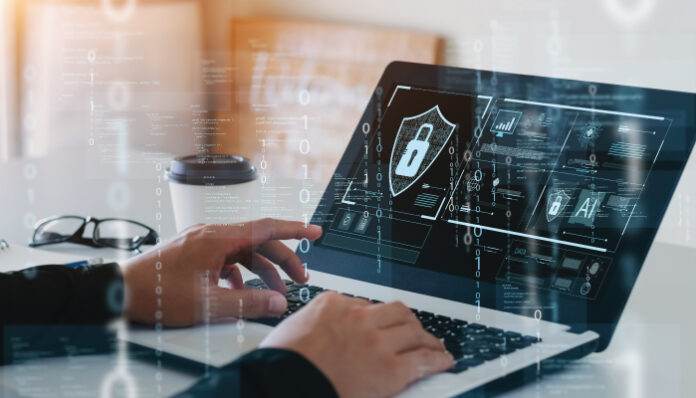Organizations in the healthcare sector have been a prime target for cyber attackers since the recent pandemic.
These malicious actors exploit the healthcare IT infrastructure to steal sensitive personal, health, and financial information of the organizations that they store to ensure business continuity. As ransomware attacks are becoming more sophisticated, has transformed the threat landscape from the core. Regulatory bodies are evolving their privacy roles to keep sensitive health care secure from being stolen and misused.
Cyberattacks on healthcare organizations can have devastating effects costing up to millions of U.S. dollars per breach. According to a report published by Statista, Anthem Inc., a health insurance provider, has paid the highest amount resulting in a breach. They have paid approximately USD 78.8 million as a fine because their private health records were compromised. Healthcare CISOs should be very vigilant while securing their IT infrastructure to avoid financial losses and maintain a good reputation.
Here are a few top cybersecurity challenges that CISOs in the healthcare industry should be aware of:
Data breach
Another report by Statista suggests that an average cost of a data breach on healthcare IT infrastructure in 2021 costs them more than USD 10 million.
In the healthcare industry, internal and external factors play a crucial role, and many organizations fail to follow all the compliance policies set by the governing bodies giving attackers access to the data.
Healthcare CISOs should prioritize setting effective device management, monitoring, and encryption of sensitive patient data. Furthermore, SaaS providers in healthcare should comply with HIPAA (Health Insurance Portability and Accountability Act) to ensure 100% compliance.
Ransomware and malware
Ransomware attacks are another significant challenge for healthcare CISOs; because attackers steal the data from the compromised system through encryption and extort money from the victim to decrypt the data again. These malicious actors today have easy access to Ransomware-as-a-Services (RaaS), which has resulted in a surge of full-blown ransomware attacks on the healthcare infrastructure. Cybercriminals deploy such attacks leveraging Trojan viruses or phishing mail as vectors to infect the systems. Once the resource clicks on the link or accesses the attachment, the actors accomplish their malicious goals.
Traditional system vulnerabilities
Most healthcare organizations have modernized their tech stack to stay secure in the current threat landscape. A few institutes are still leveraging traditional systems in various aspects of their daily operations. Legacy systems are becoming obsolete and expose the IT infrastructure to various modern vulnerabilities.
Lack of budgets, upskilling expenses, and compliance challenges are a few reasons for not modernizing the healthcare IT infrastructure. This creates a large gap in the security posture that allows the cyber attackers to exploit that attack surface area. CISOs can empower the entire healthcare staff with cyber awareness to identify all the potential threats to their organization.
Also Read: Cybersecurity Gaps That Cyber Criminals Exploit
Internal threats
It is not necessary that all cybersecurity attacks are accomplished by external attackers; even insider risks can contribute to such malicious attacks. Detecting an internal threat is one of the most challenging parts for healthcare CISOs. A few organizations consider that internal threats get mostly triggered at privileged-level users. CISOs should consider keeping close track of all the high privilege accounts to minimize the risk of insider attacks.
For more such updates follow us on Google News ITsecuritywire News. Please subscribe to our Newsletter for more updates.









